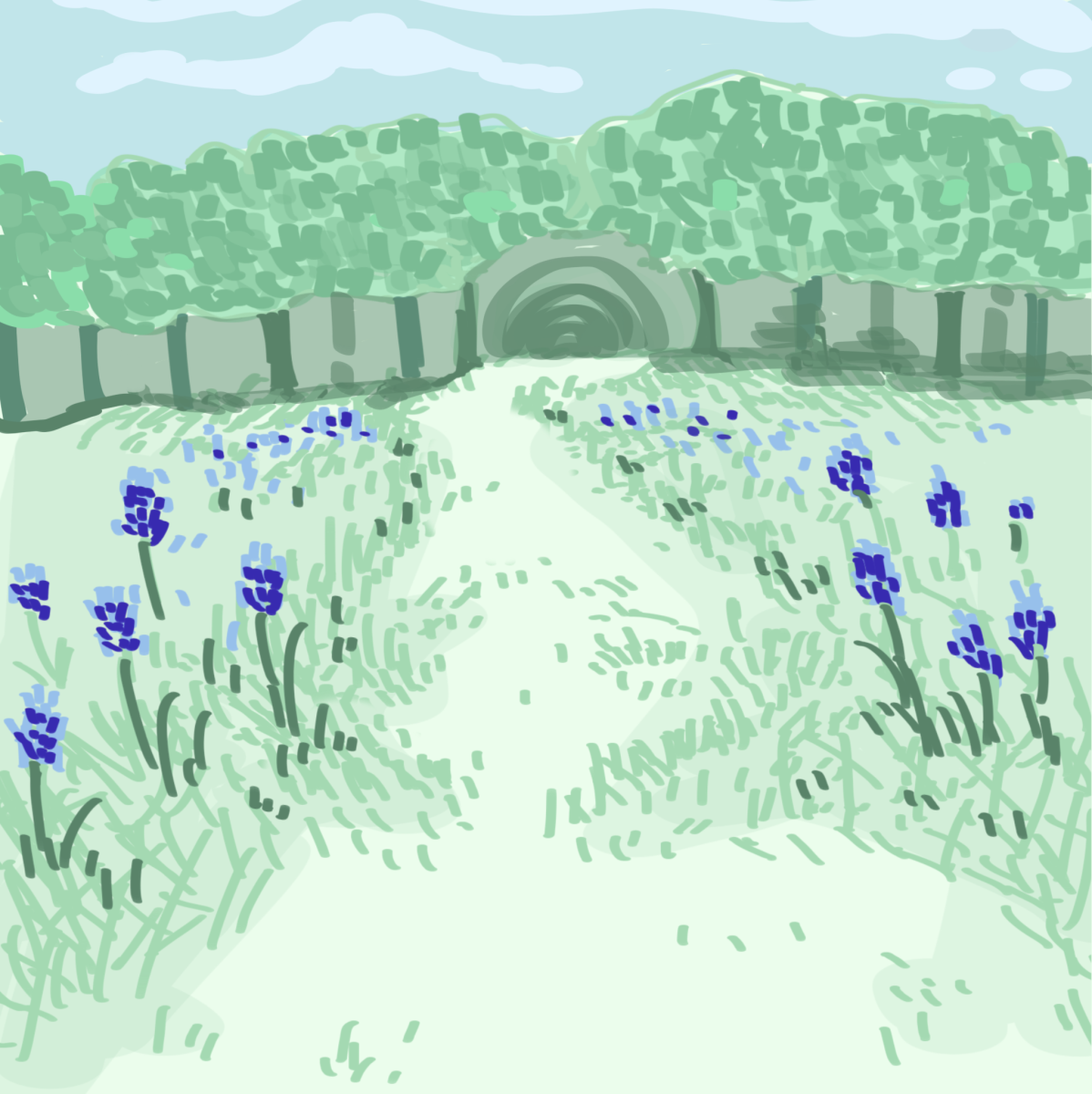“I’m very famous in Taiwan,” Lo Min Hsuan jokingly said during in his Bonsai tree demonstration last Wednesday night.
As it turns out, Lo wasn’t joking at all; he really is a world-famous Bonsai artist who travels the world to speak about the art of Bonsai and demonstrate how to shape them. Bonsai is an art form that uses miniature trees grown in pots.
Lo was originally scheduled to give a talk in Florida but asked if he could stop in San Antonio beforehand to visit his daughter, Susan, here at Trinity. When Stephen Field, J.K. and Ingrid Lee Professor of Chinese and co-director of the East Asian Studies at Trinity (EAST) program, caught wind of Lo’s trip, he decided to take full advantage of the opportunity to have Lo speak to students.
In 1999, Lo won the Japan Airlines World Bonsai Contest grand prize. Lo has been a visiting professor at several universities and travels often to show his love of Bonsai. His distinct “Lo style” of Bonsai involves many vertical curves reminiscent of old, large trees combined with influence from Chinese calligraphy.
“The artistic version of Chinese calligraphy aims to mimic nature, and he most definitely showed how these Chinese characters on the page looks like one of the trees in his slides. Students got an idea of how art and nature were joined in the Chinese mind,” Field said.
In Lo’s presentation, he elaborated on the differences between Japanese and Chinese styles of Bonsai. Bonsai was originally a Chinese art that was brought to Japan and has become known as a Japanese art form. The Chinese style is much more classical and is based on landscape paintings from a Chinese perspective.
“Being a Taiwanese-Chinese whose father was raised under Japanese colonial rule, it actually went from China to Japan back to China. In a sense, what Mr. Lo is doing is trying to recover the original Chinese aspect of this art,” Field said.
Lo’s daughter, Susan, is a sophomore at Trinity studying music education. Susan recalls playing in her father’s Bonsai garden in their home in Taiwan, which includes around 200 trees, despite her father’s worry that the fragile trees might be damaged.
“I would say I am really proud of my dad all of the time because he’s a really inspiring person. Most of the people of his age in Taiwan cannot speak English. He encourages me to study abroad and explore the fields I have never explored before,” Susan Lo said. “I’m really glad he’s here and what is the most rewarding part is that people kept coming to me and telling me how much they enjoyed the presentation. This is a really narrow area that people don’t really get exposed to, so I’m glad that people came and saw.”
Sophomore Elena Wilson attended the presentation and learned how tedious the upkeep of Bonsai trees can be.
“I learned that growing these trees takes tremendous patience and constant maintenance over many years, and that Bonsai artists draw their inspiration from everyday life experiences like nature and calligraphy,” Wilson said. “It was really interesting to see Mr. Lo’s actual demonstration of trimming a Bonsai and the careful coiling of wires around certain branches to guide the tree’s growth.”
Lo requested that Trinity buy two Bonsai trees and prepare them for him to demonstrate the techniques of sculpting and shaping. Field said the trees Trinity bought were unrecognizable after Lo reshaped them and transformed them into works of art. One Bonsai was gifted to the EAST program and the other gifted to Chia-Wei Lee, associate professor of music.






